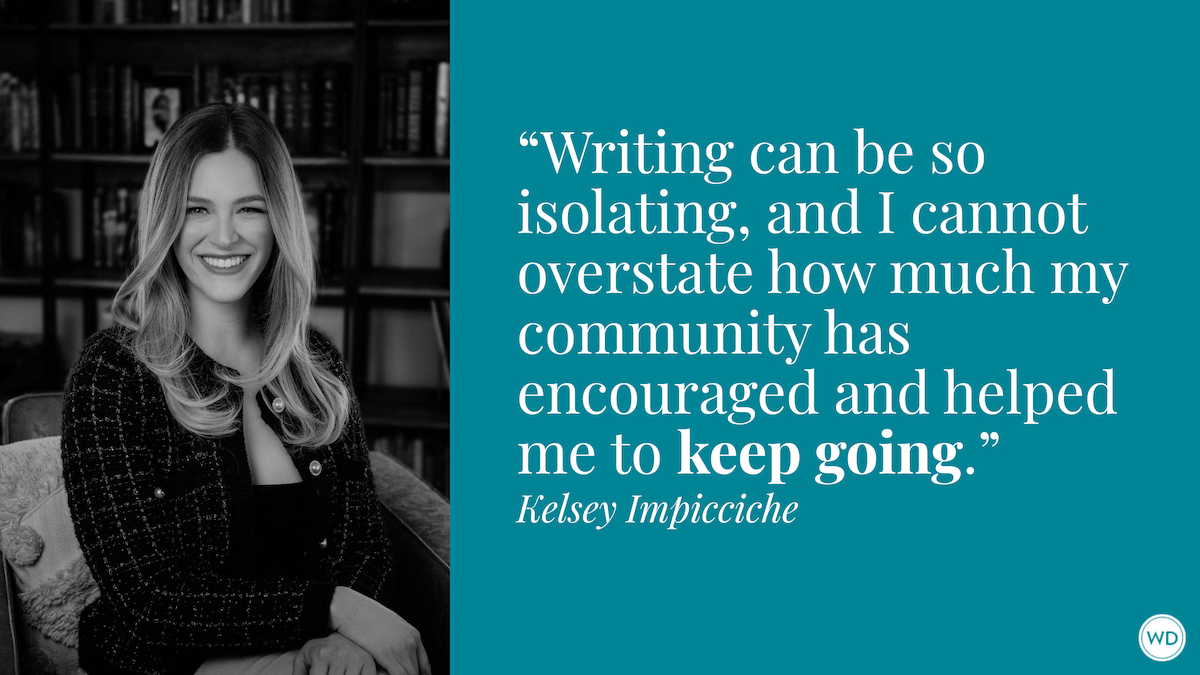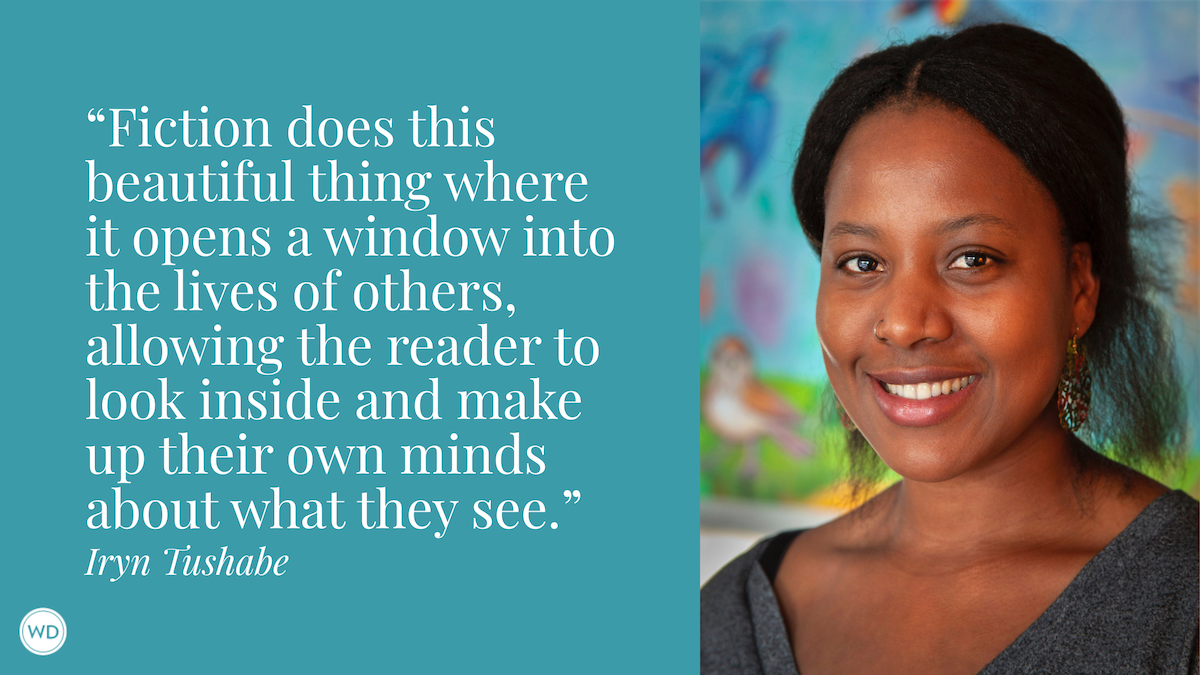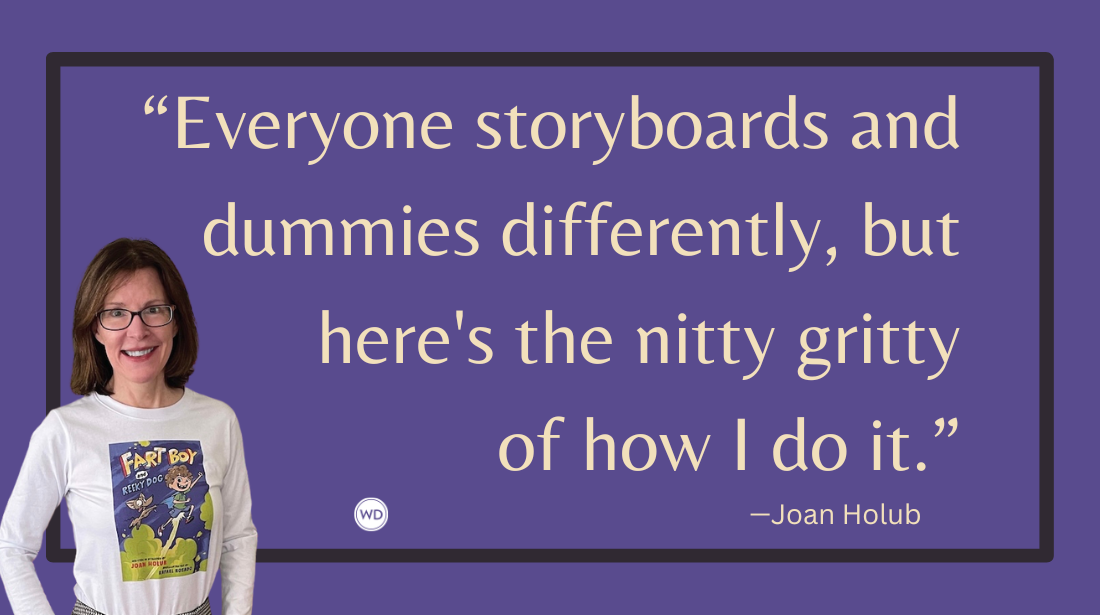How to Give People Nightmares: 6 Tips For Writing Young Adult Horror
Novelist April Genevieve Tucholke shares her six tips for writing young adult horror, the sort of tips that will help give young readers nightmares and keep the pages turning.
1. Stay scared.
If you want to really scare people with your writing, you need to keep your fear close. You need to experience that fear. Often. Memory is a poor substitute for the real thing—that cold sweat heart-thumping spine-shaking hair-raising feeling of total, mind-numbing terror.
That abandoned house you walk by on the way to work? Go explore it. The old insane asylum at the edge of town that was recently converted into apartments? Move in. See what happens. The neglected cemetery with all the ghost sightings? Be there, at midnight.
That creepy pitch-black basement in your grandparents’ hundred-year-old farmhouse? Go down there, alone, after everyone else has gone to sleep. Leave the flashlight upstairs.
2. Use environment and atmosphere to create dread.
The setting should be real, as real as the main character. And it should be used to make every scary scene scarier. Eel Marsh House and the causeway in The Woman In Black. The Overlook Hotel in The Shining. Innsmouth in Lovecraft’s The Shadow Over Innsmouth.
When drafting horror I focus on the setting first, before the main characters. Especially if it's Gothic horror.
3. There can never be too many mad characters.
I’m joking. Sort of.
*****
Learn from the experts on how to write a horror story that excites readers for decades (or centuries)! Even the scariest and most attention-grabbing horror story ideas will fall flat without a foundation of knowledge about the genre and expectations of the audience. In this collection, you'll find practical tips for writing horror stories that are plausible and cliché-free.
*****
4. Consider the unreliable narrator.
I adore this plot device. When a book suddenly reveals halfway through that the main character the reader has been rooting for all along—believing all along—is not who they seem to be? I fall in love.
Maybe she tells lies. Maybe she hallucinates. Maybe she’s mad.* (See I Am The Cheese. The Turn Of The Screw. Gone Girl.) This is scary. It just is.
*Mad characters are by definition unreliable.
5. There needs to be more people in danger than just your main character.
This especially applies to a first person narrative. The readers know the main character isn’t going to die—after all, the MC is telling the story. So get some other kids in that horror scene, some other kids that the MC is close to, and that the reader will be close to. And then maybe kill one or two of them off. *
*Pets count too. In fact, I’m often more beaten up over the death of, say, a pet dog than another character.
6. Bring the ending. Just bring it.
This is not the time to cop out. This is what it’s all been leading up to. Twist or no twist, gore or no gore, this is the time to shine. I want a horror ending that undoes me. I want to be unsure whether I should laugh, or cry, or scream. I want to feel like a kid again, alone at night, in bed, certain every bad thing in the world knows where I am and is coming for me.
*****
Check out Tucholke's novel Between the Devil and the Deep Blue Sea!
(Writer's Digest uses affiliate links.)
April Genevieve Tucholke digs classic movies, red-headed villains,
big kitchens, and discussing murder at the dinner table. She lives in
Oregon at the edge of a forest. April's debut young adult novel,
BETWEEN THE DEVIL AND THE DEEP BLUE SEA (August 2013,
Dial). Publishers Weekly called it "a thoroughly eerie novel, while
Kirkus called it, "A rich blend of gothic horror and modern romance,
studded with nods toward literary, cinematic and musical classics.
A lush setting and provocative characters elevate this debut above
others." Find April on Twitter.








